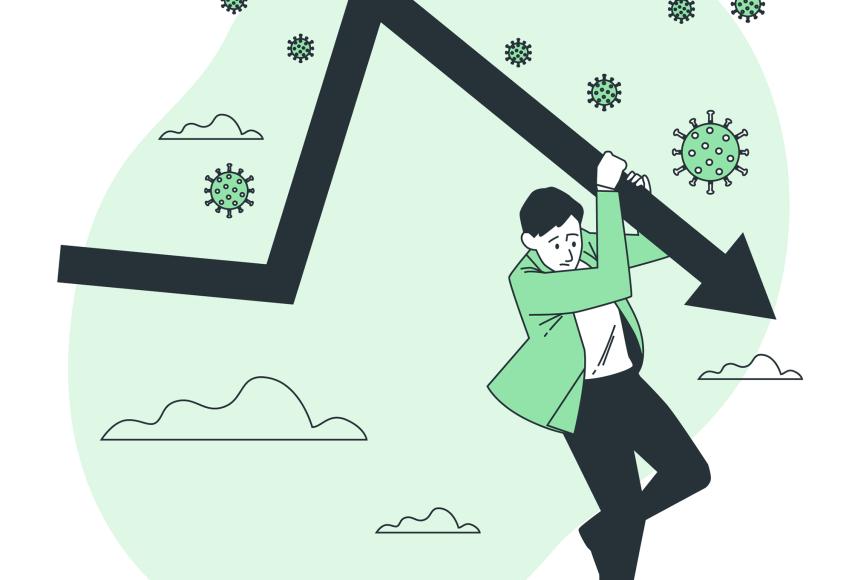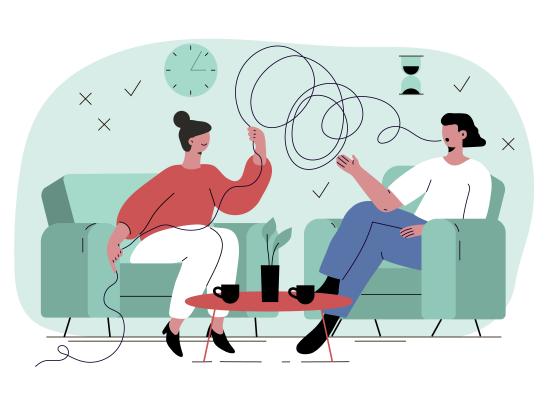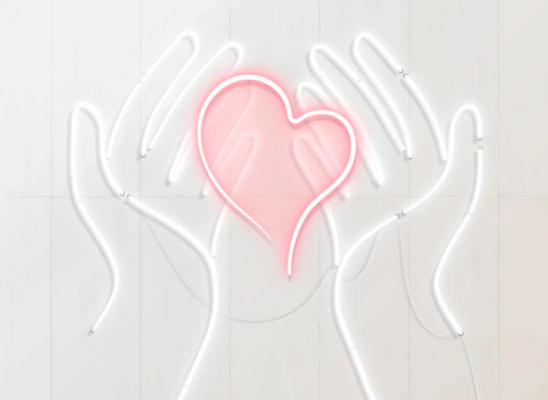Relapse Prevention for Hair Pulling: Putting the Basics to Work in Your Recovery

Online test
Find out the severity of your symptoms with this free online test
Overcoming something like hair pulling is no easy feat. You’ve worked hard and successfully stopped pulling your hair! You’re in recovery. Now what?
You might feel like the hard work is done but the fact is, there’s more work to do. Once you’ve achieved remission (recovery), your next task is to protect and maintain that recovery you worked so hard for. Relapse prevention is the part of recovery that sometimes gets overlooked but it is essential to maintaining your progress or getting back on track if old behaviors return. But just what is relapse prevention and more importantly, how can it help you stay on your path of healing? In a recent trichstop.com webinar, Dr. Vladimir Miletic breaks down the principles of relapse prevention and what you can do to protect your recovery.
What Is Relapse Prevention?
Relapse prevention is a personal recovery tool designed to identify and respond to situations that place someone at high risk for relapse. A relapse prevention plan can be used to:
- Prevent an initial relapse and help to maintain abstinence, or
- Assist in managing a relapse if one occurs.
A relapse prevention plan is highly individualized and based on a person’s own unique set of triggers, experiences, and resources. It’s not unlike a safety plan.
A relapse prevention plan takes everything you’ve learned in treatment (or through self-help) and brings it together in a way that you can use to successfully manage your situation. You’ve probably heard of relapse prevention plans used as part of treatment for addictions, but relapse prevention planning is useful for anyone dealing with chronic, relapsing types of disorders including body-focused repetitive disorders like hair pulling.
Here’s the truth about recovery: relapses can happen, even when you’ve done everything right, you may find yourself pulling again. Recovering from any disorder be it Whether it’s hair pulling, some other mental health issue, or even addiction, relapses are part of the recovery process. Contrary to what you might think, recovery is never a straight line. It’s more like a winding road with switchbacks you don’t always see coming. And sometimes, those unexpected twists and turns can trigger a relapse.
Just why relapses happen isn’t always clear, but the good news is, there are things you can do. Understanding relapse and knowing what to do when triggers show up can help get you back on track and maybe even avoid a relapse.
The Building Blocks of Relapse Prevention
A comprehensive relapse prevention plan has several components, each tapping into an aspect of recovery to maximize your strengths and skills:
Mindfulness – This is not so much meditation as it is checking in with yourself during the day. How are you feeling? What’s on your mind? Being mindful allows you to monitor your stress levels, and quickly notice and respond to distressing emotions or potentially triggering thoughts that can lead to relapse.
Self-care – Self-care is the use of lifestyle activities and routines that promote feelings of well-being and help you maintain healthy practices and boundaries. Things like stress and anxiety, minimizing your own needs, or being harsh with yourself can place you at increased risk for relapse. Self-care is a way of managing your risk factors. Self-care does require that you make time for these healthy practices and that can be challenging. Look for ways to build those healthy practices into your routine. Some examples of self-care might include:
- A good hair routine
- Stress and anxiety management
- Setting and maintaining healthy boundaries
- Cultivating self-compassion, acceptance, and forgiveness
- Attending psychotherapy or the treatment approach you choose. Even if you’ve finished your treatment, having a way to “check in” or someone to continue working with can be helpful
- Journaling can be a great way to check in with yourself too.
- Healthy lifestyle practices such as getting enough sleep, maintaining a healthy diet, and incorporating healthy movement/exercise into your routine
- Engaging in activities that bring you joy
Precautionary measures – In the way that self-care manages risk factors, precautionary measures help you to manage your triggers. Precautionary measures are strategies that you can use when confronted with things that you know are triggering for you. For example, you may find that taking on too many things is triggering for you. Learning to recognize your limits and say “no” when you need to would be an example of a precautionary measure. If you find certain activities are triggering for you, learning to navigate around or avoid those activities would be another example. Essentially, precautionary measures allow you to do what you can to avoid or minimize the impact of things that you know might trigger a pulling episode for you.
Coping strategies – Coping strategies are those changes and behaviors that you’ve learned over time that help you stay on track on the daily. These are strategies meant to become part of your everyday life, and that you can use just about anywhere. You’ve probably learned a lot of skills over time but trying to keep ALL of your coping skills at the ready ALL the time is hard. Think about the two or three strategies that you have found to be most effective for you and in the most situations. Those are your go-to strategies. If you’re not sure which strategies to use, Dr. Miletic suggests that a self-soothing kit can be helpful too.
First aid – Unlike coping strategies that can be used more broadly, first aid strategies are meant for times when you get those intense, sudden urges and find yourself in the danger zone. Examples include:
- Breathing exercises (like box breathing)
- Competing responses – choose one that you know works best for you.
- Relaxation exercises
- Use an object that can serve as a physical reminder (e.g., a stress ball)
First aid strategies are not meant to be the “everyday” go-to but for those times when you are experiencing an intense response. The goal is to help you get through the urge.
Putting It All Together
Dr. Miletic notes that hair pulling (and other BFRBs) is not just about the hair pulling but also the underlying environmental, emotional, and psychological factors that create the urges to pull. Pulling is part of your repertoire of behaviors to deal with those stressors. He recommends considering deeper work to explore personal relationships and boundaries as well as past trauma and other experiences that may be present and contributing to emotional distress.
A relapse prevention plan is a tool that can be helpful in your recovery journey.
For more information about hair pulling, visit Trichstop.com and subscribe to the Trichstop.com newsletter. You can also subscribe to the Trichstop.com YouTube channel to stay up-to-date on new video releases.
Online test
Find out the severity of your symptoms with this free online test
Start your journey with TrichStop
Take control of your life and find freedom from hair pulling through professional therapy and evidence-based behavioral techniques.
Start Now



